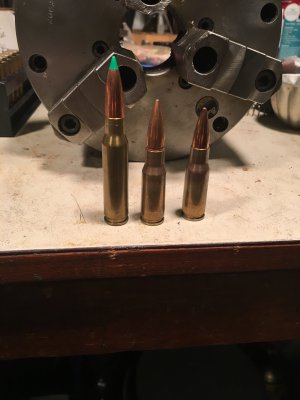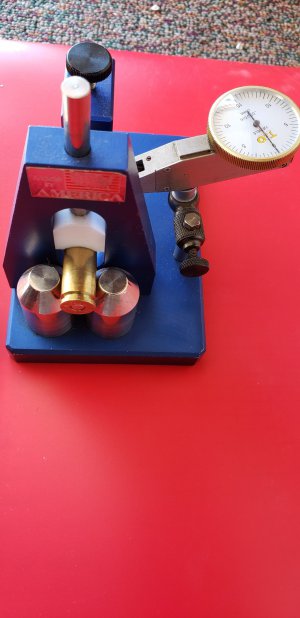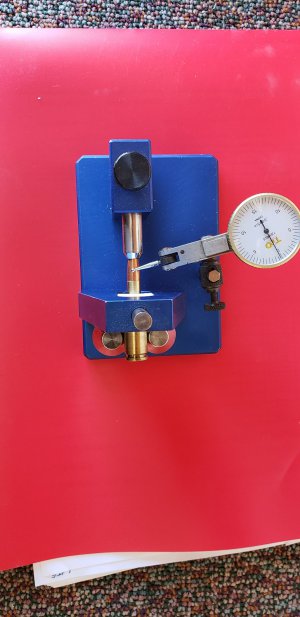I finally sat down at the drawing board and threw together a quick plan. Please pardon the lettering - I'm not used to doing that while kneeling at an angle to the board. Anyway, the proof is in the pudding, so I'm going to make this implementation. I'm still waiting on the bearings (623zz bearings ordered back in November, turned out to be from China, expected delivery is February). I think this is slightly overkill, but the structure was to make sure that external variables will be minimized. If desired, one could weld this together without a mill and it should work just fine. Or mill and screw it together without welding. The only machine tool required for this design is a lathe to put a boss on the cartridge rollers. If you offset those frame sides enough, it could easily be done to use larger bearings where you wouldn't need a lathe, but I have one, so I designed it to be done with one.




